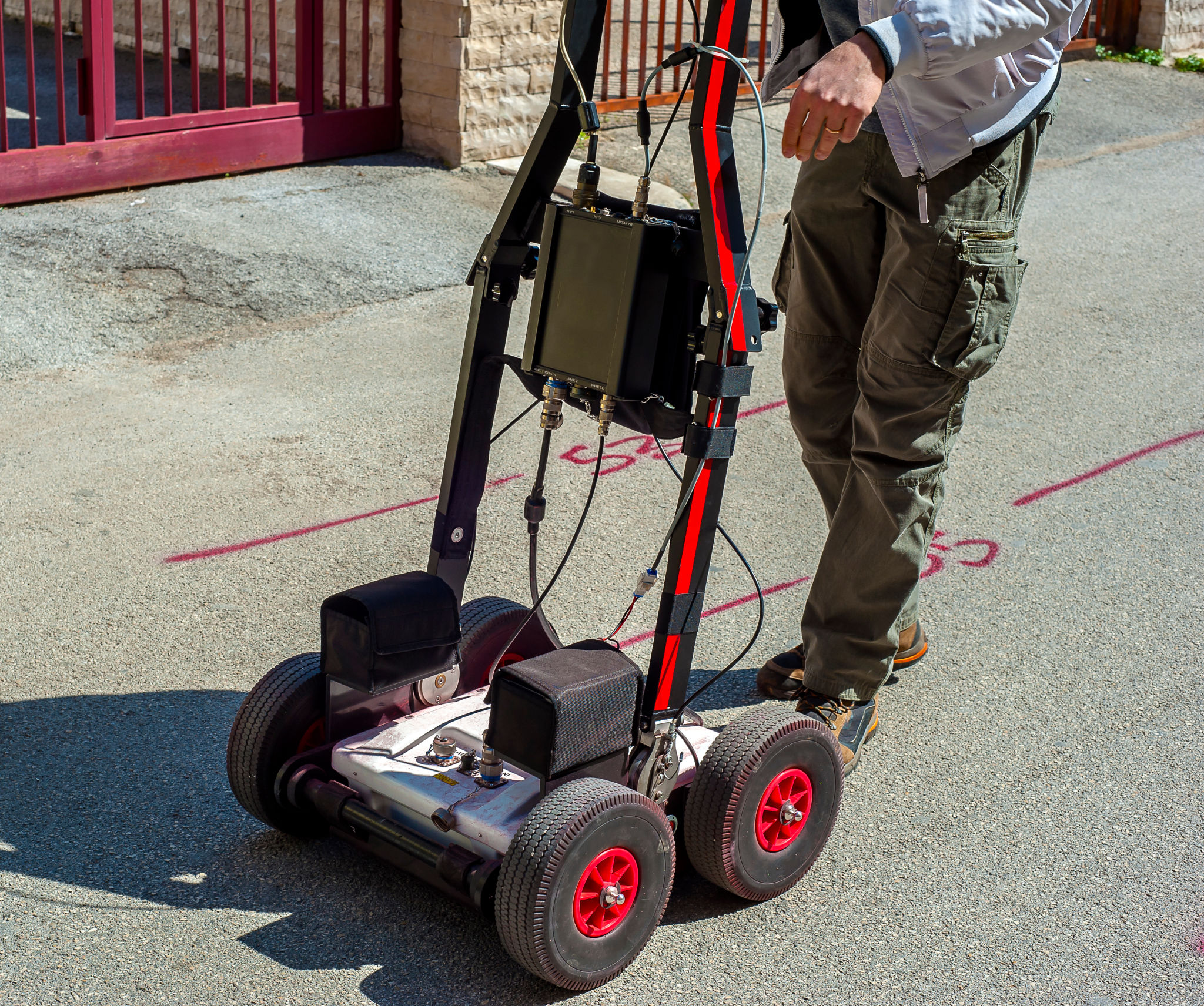How GPR Technology Enhances Cable Detection in Urban Environments
Understanding GPR Technology
Ground Penetrating Radar (GPR) technology has become a game-changer in detecting underground utilities, especially in complex urban environments. GPR uses radar pulses to image the subsurface, making it an invaluable tool for locating buried cables and pipes without the need for excavation. This non-invasive method is not only efficient but also minimizes disruptions in bustling city areas.
In urban settings, where numerous utilities are buried close together, traditional detection methods can fall short. GPR provides a more accurate solution, identifying the precise location and depth of cables, which is crucial for construction and maintenance projects.

Advantages of GPR in Urban Areas
Urban environments present unique challenges for cable detection. The dense concentration of infrastructure can lead to interference and inaccuracies. However, GPR technology offers several advantages:
- Non-destructive Testing: GPR does not require digging, preserving the integrity of existing structures and landscapes.
- Comprehensive Data: It provides detailed images of the subsurface, allowing for better planning and decision-making.
- Safety: By accurately locating utilities, GPR reduces the risk of accidental strikes, enhancing safety for workers and the public.
These benefits make GPR an indispensable tool in urban planning and development, helping to streamline projects and avoid costly delays.

How GPR Works
GPR operates by transmitting high-frequency radio waves into the ground. When these waves encounter a buried object or a change in material, they reflect back to the surface. The GPR device then records these reflections, creating a visual map of the subsurface.
The ability to adjust frequency is a key feature of GPR. Higher frequencies provide better resolution but less depth penetration, while lower frequencies penetrate deeper but with less detail. This flexibility allows operators to tailor the technology to specific project needs.

Applications of GPR
Beyond cable detection, GPR has a wide range of applications in urban environments. It is used for:
- Archaeological Surveys: Identifying historical artifacts without disturbing the site.
- Environmental Studies: Mapping soil contamination and groundwater resources.
- Infrastructure Inspection: Assessing the condition of roads, bridges, and buildings.
This versatility makes GPR a valuable tool across various sectors, contributing to safer and more efficient urban development.
Challenges and Considerations
While GPR is highly effective, it is not without its challenges. Interpretation of GPR data requires expertise, as it can be affected by soil conditions, moisture content, and the presence of other underground utilities. Training and experience are essential for accurate analysis.
Despite these challenges, the benefits of GPR in enhancing cable detection and other applications in urban environments are undeniable. As technology advances, so too will the capabilities and accuracy of GPR systems.

The Future of GPR Technology
As urban areas continue to grow and technology evolves, the demand for precise and efficient subsurface detection will increase. GPR technology is expected to play a pivotal role in this evolution, with advancements in data processing and visualization providing even more detailed insights into the underground world.
Investments in research and development are likely to enhance the capabilities of GPR, making it an even more powerful tool for urban planning and infrastructure management. The future of GPR technology promises greater accuracy, efficiency, and integration with other advanced technologies.
